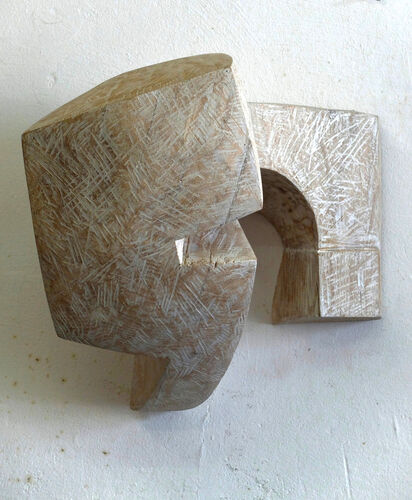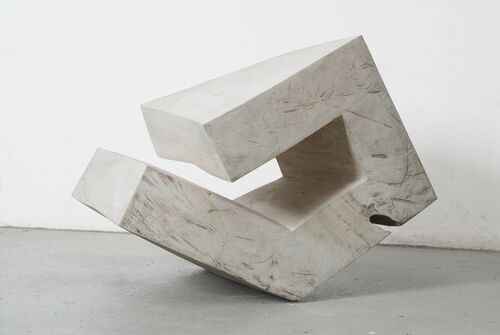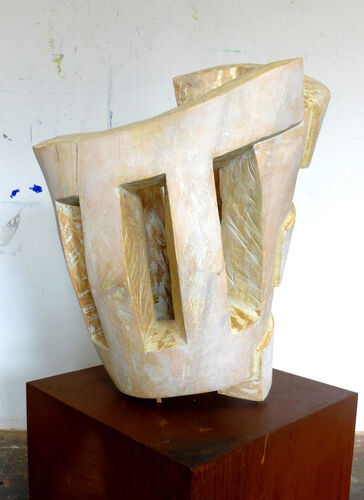In the late 1970s, Shirin Neshat traveled to the United States as a young woman to study art. In her homeland, the Islamic Revolution led to the end of the monarchy, and the severance of diplomatic relations between the U.S. and Iran prevented Neshat from returning. It was not until 1990 that she visited Iran and found a new society that was particularly restrictive for women. Under these impressions, Neshat created her first photographs, large-format black-and-white portraits of Muslim women in which violence and poetry are contrasted.
Pinakothek der Moderne in Munich shows photographs by Shirin Neshat
Shirin Neshat, one of the best-known contemporary artists from Iran, has lived in the United States for over 40 years. In »Living in One Land, Dreaming in Another«, beginning November 26, 2021, her identity-seeking photographs will be on view, combining influences from both of Neshat's life-shaping cultures.
Recent auction results of Neshat
The Pinakothek der Moderne is now showing recent works by Neshat from the photographic series »Land of Dreams« (2019). People between self-confidence and fragility, looking at the viewer, searching for origin and identity. Again, Neshat combines Persian calligraphy with Western portraiture, but for the first time includes video works in her oeuvre. Neshat's haunting works about the intensity and diversity of human experience can be seen through April 24, 2022.
Dive deeper into the art world
Like a love poem: Robert Frank's experimental photo book
Robert Frank was an influential photographer of the 20th century. In Robert Frank: Mary's Book, the Museum of Fine Arts Boston presents a very personal photo book from the artist's younger years. The show opens on December 21.
Patio, Teatro piccolo, Vis à vis
The lively, dynamic and concentrated formal language of sculptor Mathias Kadolph has so far manifested itself primarily through his material, wood. Now, for the first time, he has had miniatures cast in bronze in an edition of twelve sculptures each. These convey essential impressions of his formal ideas and open up to new impulses for our perception.





















